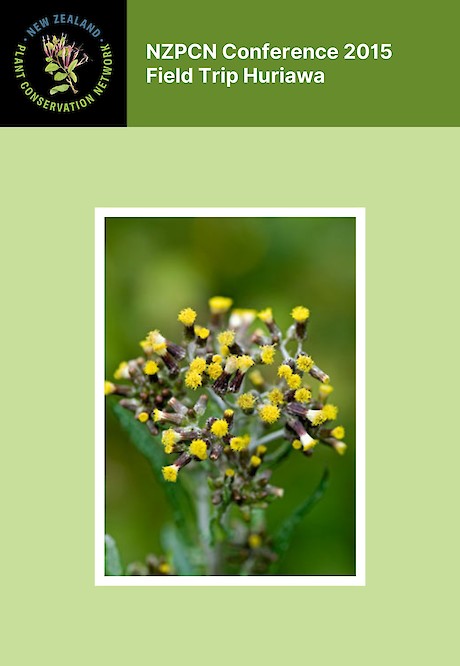 Example bookOur website allows Network members to select up to 20 plant species and automatically create a full colour, fully illustrated A4 book describing them (in PDF format). Species information is obtained from our on-line species database to create the book so it is as up-to-date as the website.
Example bookOur website allows Network members to select up to 20 plant species and automatically create a full colour, fully illustrated A4 book describing them (in PDF format). Species information is obtained from our on-line species database to create the book so it is as up-to-date as the website.
- See an example book (PDF, 723.19 kB)
Please note that for some species, where descriptions have not been completed on the website, the book page may lack detail. Please ensure you preview your book before downloading it to avoid disappointment.
If the images selected for the book are alike or you believe there are others that would be better for use in the book please [Enable JavaScript to view protected content] and we can change the programming to improve the book design.
Follow these steps to make your own book:
How to make a book
1. Log-in
Only Network members can make books so you must be logged-in before you start.
2. Choose the species you want in your book
Search for the species you want using the “Flora Search”. The “Add to Book” option will be visble on the right side of search results and also visible on the species page when you click through to this. Add whichever species you wish (maximim 20) then then choose “View my Book”. You can then review the selected species and remove any you do not want.
3. Choose a book title
Decide on a title for your book and type this in the Title field.
4. Select a cover image
Click on an image to use as your cover image - these images are from your selected species.
5. Include some introductory text
We have prepared a pre-written book introduction or you can choose to write your own introductory text.
6. Decide of the cover style
You can select a green or grey cover.
7. Select the glossary of terms
If you would like to include a glossary of basic botanical terms at the end of the book then click “yes” to add this. These are automatically taken from our online glossary.
8. Preview your book
When you have completed the above tasks, click on “Preview my book” to see what your book will look like - depending on the number of species you have selected it may take one or two minuites to generate your book. Note that not all images on the website are available for use in the books. If you wish to go back and made edits to your book at this stage you can do this by clicking on the link provided.
9. Download book
If you are happy with your book select “Proceed to Download…” and then “Download”.
